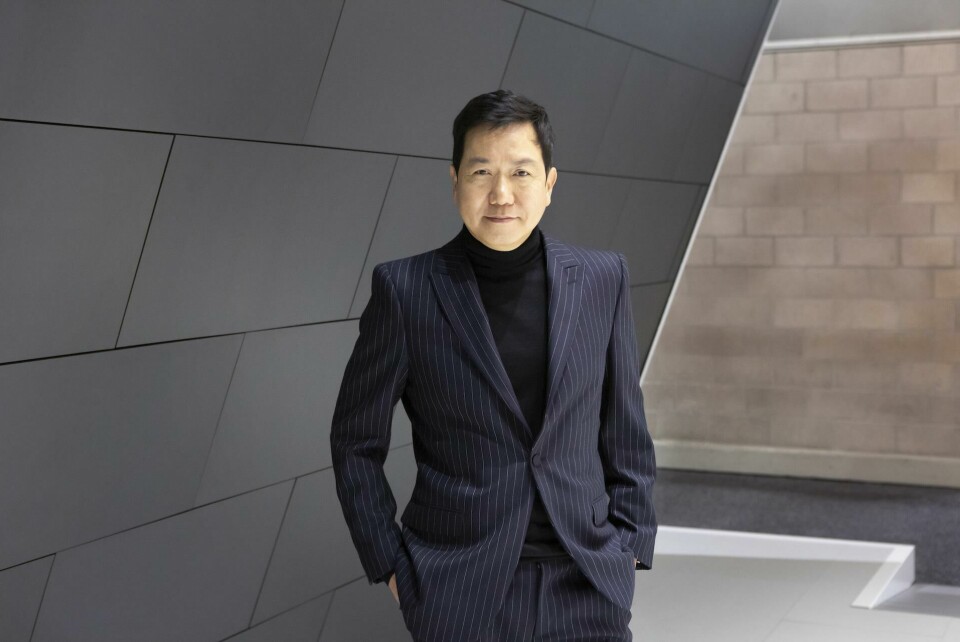
Exclusive: SangYup Lee on Hyundai’s new global design division
Just days into his newly expanded role, Lee sat down with North American correspondent Laura Burstein at the LA Auto Show to discuss the broadening definition of transportation design, the evolution of user experience, and new ways to define brand DNA
Hyundai recently announced a revamp of its deign team and the newly minted Hyundai Motor Group Global Design Division, which will spearhead design efforts for the company’s mobility ventures, including flying cars, robotics and purpose-built vehicles.
In the newly formed organisation, SangYup Lee takes the reins for the Hyundai and Genesis Global Design Technical unit with Karim Habib, meanwhile, doing the same for Kia, and Simon Loasby, who has led projects around the Hyundai IONIQ lineup and N brand, also getting a new role as head of the Hyundai Design Center. At the recent AutoMobility LA show, Lee talked to us about what that means and how designers must think and work differently in this new landscape.
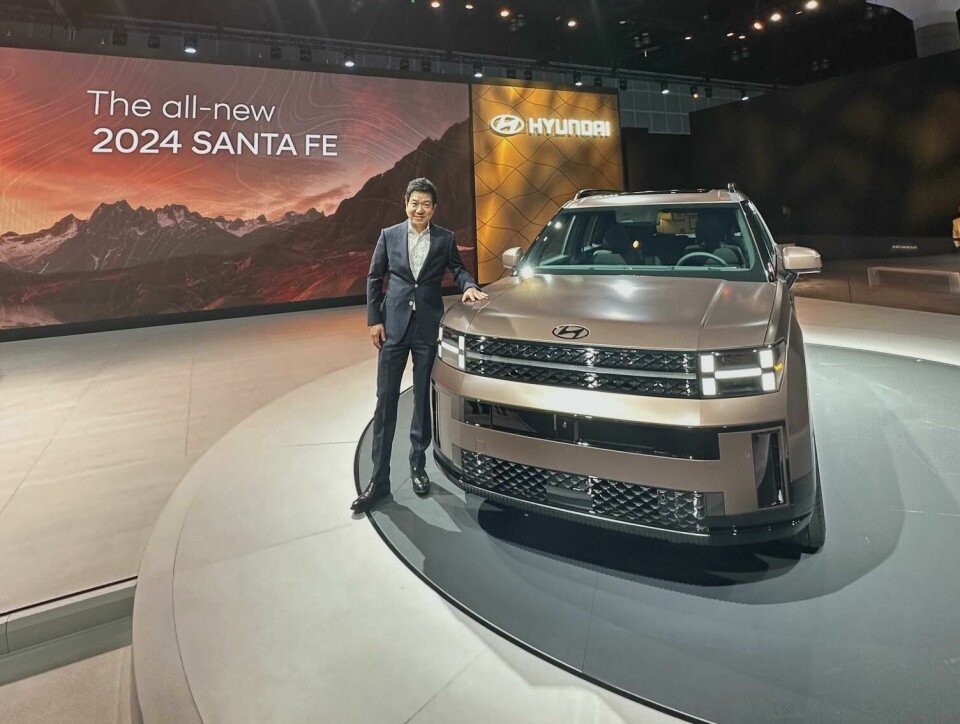
Car Design News: A lot is happening with Hyundai design right now. The company is looking far beyond cars, with the recent announcement of the Hyundai Global Design division. What does this mean for you and your role going forward?
SangYup Lee: This is an amazing time for me as a designer to be working at Hyundai Motor Group, because the company values design a lot. We are no longer a car company, we are expanding into a mobility company. This means not only do you have to think about hardware, but software as well. We’re very fortunate because in the company the designer gets to dream, and the engineer has to make that dream come true. This is quite unexpected and different from my previous experience, and I worked for 15 different brands before I joined Hyundai, so this is actually another spectrum of a holistic design organisation.
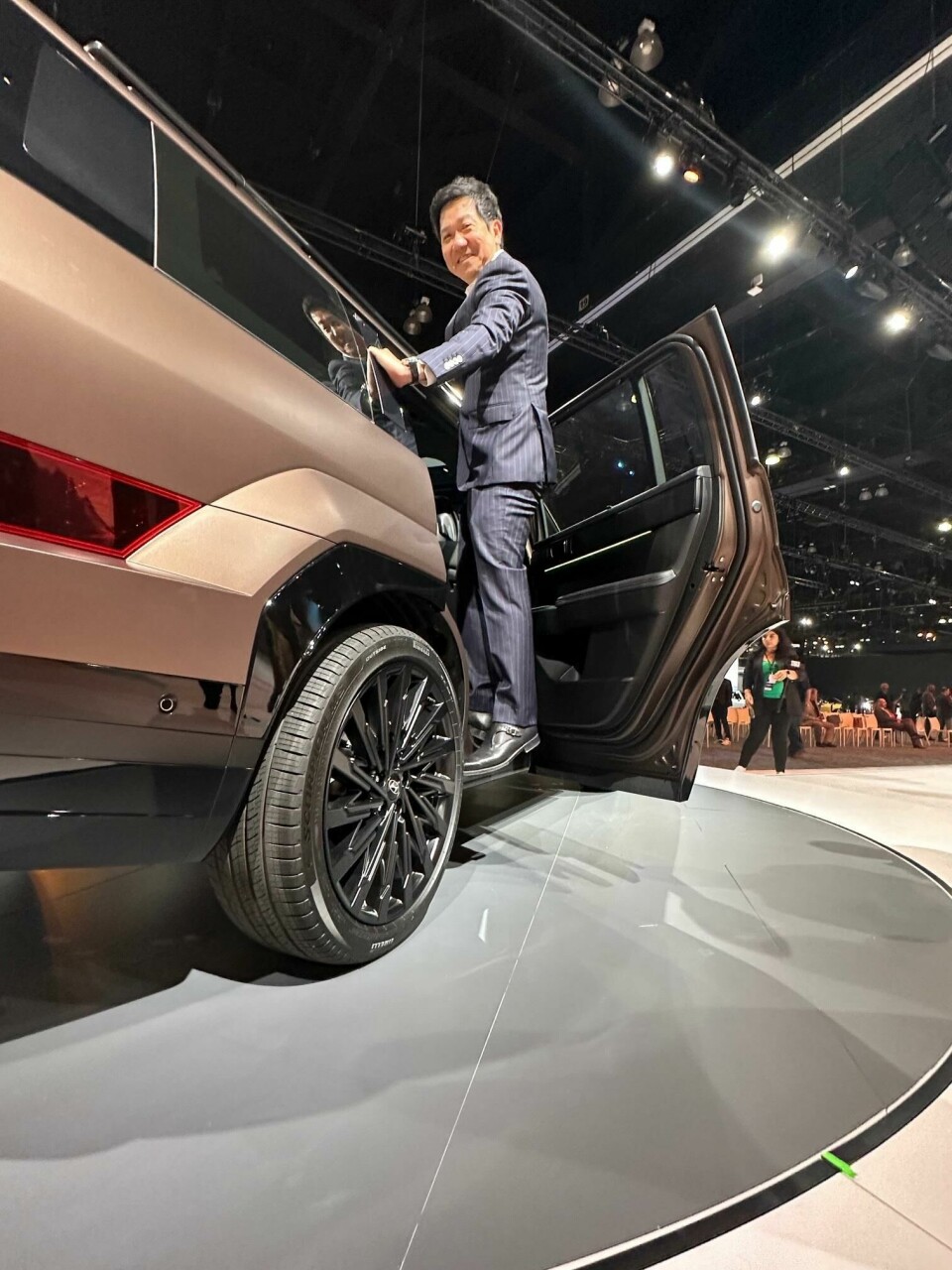
CDN: Can you give us a sense of scope of this new endeavour?
SL: This includes not only Hyundai, Genesis, and Kia, but 56 subsidiaries under HMG. This includes robotics, urban air mobility, and a lot of different areas, so it’s necessary for design to have its own global design unit. There’s a lot more responsibility, so we cannot be in our comfort zone. We are always looking for something special as an inspiration to stretch out to other areas.
CDN: How has this challenged how you think as a car designer and how you lead teams? Have the skill sets you’re looking for changed?
SL: Being as diverse as possible is a big mission at the moment. When you go to most car design studios, maybe 90 percent of the people are majoring in transportation design. But we are working in such diverse areas that we need to stretch our comfort zone. For example, we have not only interior designers but architects, because they are much better at understanding space. We also need writers and other different areas of specialty. Ultimately for me, creativity really comes from diversity.
CDN: How do you translate this design ethos into your products?
SL: It’s really about how to engage and understand the customer aspect. With Hyundai, we describe ourselves as a customer-centric brand, so that strategy is all about customer lifestyle. We do a lot of big data research these days, and a good example is the Santa Fe (the recently redesigned SUV shown in LA). The key word that kept coming up was “auto lifestyle—” and that was already from five years ago, way before the pandemic. It was quite interesting because it became a truly global trend, with people converting vans and everything not only in the US, but in Europe and even Korea. So the question was how to take this trend into our vehicle to benefit the customers. It’s not just designers stretching their creativity to make the product, it’s about understanding the customers’ lifestyle and how to apply this into the vehicle.
CDN: Could you give a few specific examples of how that feedback informed the redesign of the new Santa Fe?
SL: The biggest difference between SUVs and sedans is that sedans have a trunk, while SUVs have a tailgate that can be used in many ways — like tailgate parties. So we literally designed from the back to the front, starting with the tailgate. When designing the interior of a car, designers often start with the IP and move backward. By the time they get to the tailgate area, cost-cutting is dictating the design. But we do it the other way around. The tailgate of the Santa Fe is actually wider by six inches than the previous car, even though it’s the same overall width.
The opening is defined by the sill, and we have a low tail lamp because when you have a high tail lamp the sill has to move, so you reduce the width of the tailgate space. We lowered the lamp to absolutely maximise the opening, as well as the smallest amount of water management. It’s also a lot taller and the rear is a complete block, so we really emphasised the space. The entire vehicle is mid-size, but the interior space is one scale up. This is really the fundamental of the design.
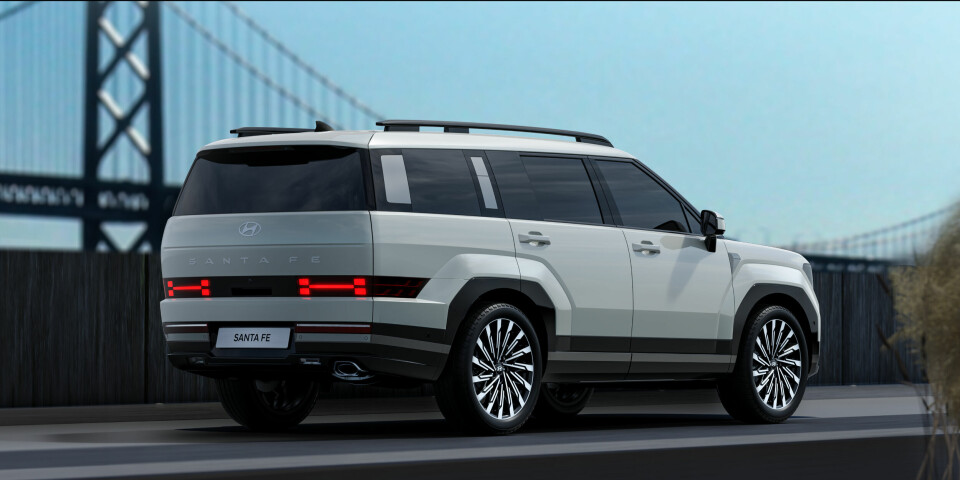
CDN: There are so many design studios that talk about putting the user experience first. How do you actually put this into practice and not just throw it out as a trendy catchphrase?
SL: The holistic view of the UX is all about how the customer utilises the vehicle, not only the software and the high-tech point of view. This is why I spend quite a bit of time in Costco (the quintessential American big-box warehouse store). The first time I went, there were thousands of cars in the parking lot. So I asked myself, what the heck am I supposed to do to make a car special? When you really watch how customers react to the vehicle, how they put their stuff in the tailgate area, and how they put their kids in the backseat and how they pull the car seat out and put it back in, if you can actually help them to access this easier, put their stuff in easier, this is really UX design.
CDN: So putting this into context with Hyundai expanding into other mobility areas such as eVTOL and robotics, how are you tackling the challenge of all of the different properties and all the different studios? Is there a plan to have a cohesive design language? What is the common thread that makes it all Hyundai?
SL: Hyundai and Genesis together have 12 global design centers, so we want to tailor the lifestyle of the markets in India, Korea and the US. There are also some global products like the Santa Fe and Tucson and our next global product, but it’s all about the right balance. The chief strategy is to look different and function differently, but work together as a team. That means a certain level of consistency obviously, but we approach that differently to other OEMs.
CDN: What are some specific examples of that unique approach?
SL: Take the grille shape. An EV doesn’t need a grille shape; that’s challenging for every designer. So instead of doing a different shape of grille, what can be a Hyundai identifier for consistency? One example is the C-pillar handle on the exterior of the Santa Fe. This is something that I personally stepped up and down 500 times to make sure it’s the easiest way to get access to the roof rack. Again, thinking to auto-lifestyle, some people put their tents or a boat up there, so it’s a safety issue to get access to the top of the vehicle, but also, nobody does a handle on the C-pillar. Why can’t that be the Hyundai design identifier for an SUV, for example? Why does it always have to be the grille? And that’s what we’d like to challenge further into the future.
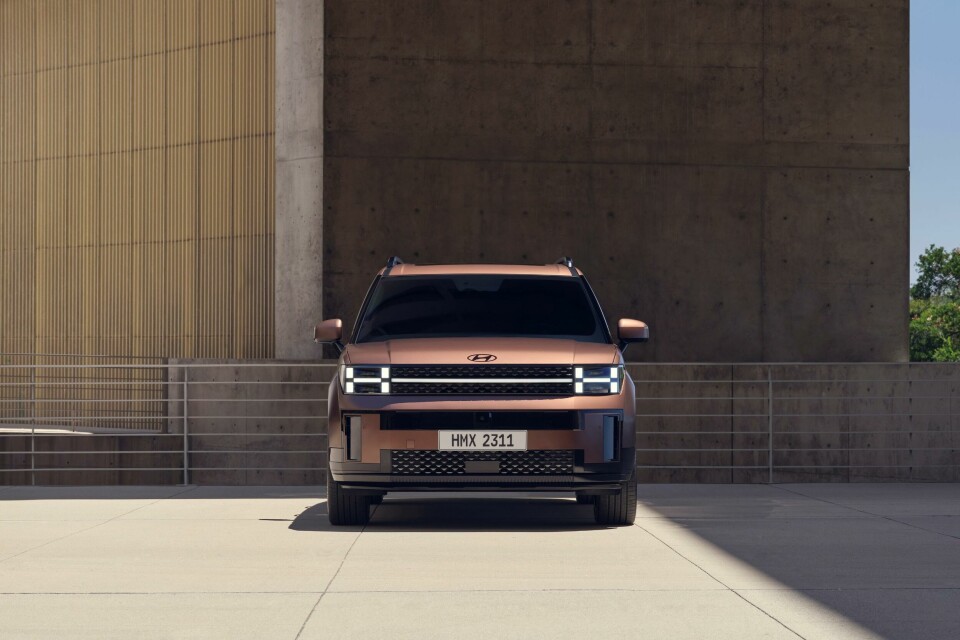
CDN: So it sounds like you’re looking for ways to differentiate the product but keeping design elements that are still functional and authentic.
SL: Absolutely. And another example is in all of our EVs we use a pixel lamp, and I really like that because it’s high-tech but at the same time has a nostalgic touch to it. When I was young I used to play with Tetris and block games, so using this same type of pixel is a quite unique feature. This is one of those things that we keep pushing to find more unique features to bring into the lineup as a Hyundai identifier.
CDN: What are you most looking forward to in this new role?
SL: Having Luc [Donckerwolke] as the person, the umbrella for the whole brand. It’s easy to go back and forth to communicate. We share the same office and talk about design 24/7, so it’s great to have my boss there at the same time and this great synergy. But we actually need to have more close communication, because sometimes the bigger the organisation, the more difficult it is to work with transparency. I think it’s very important that as the company grows, we have the same relationship to hold the global team together.













